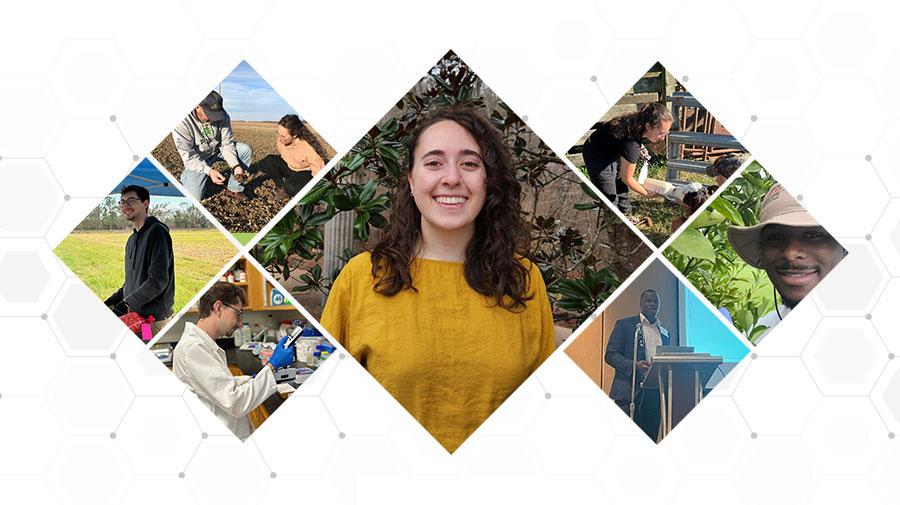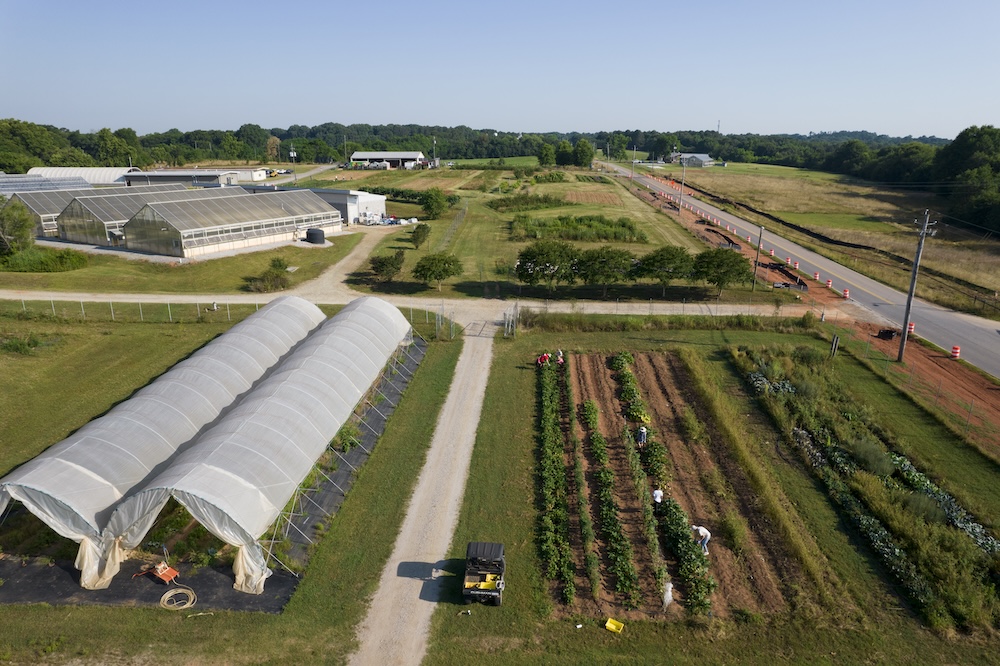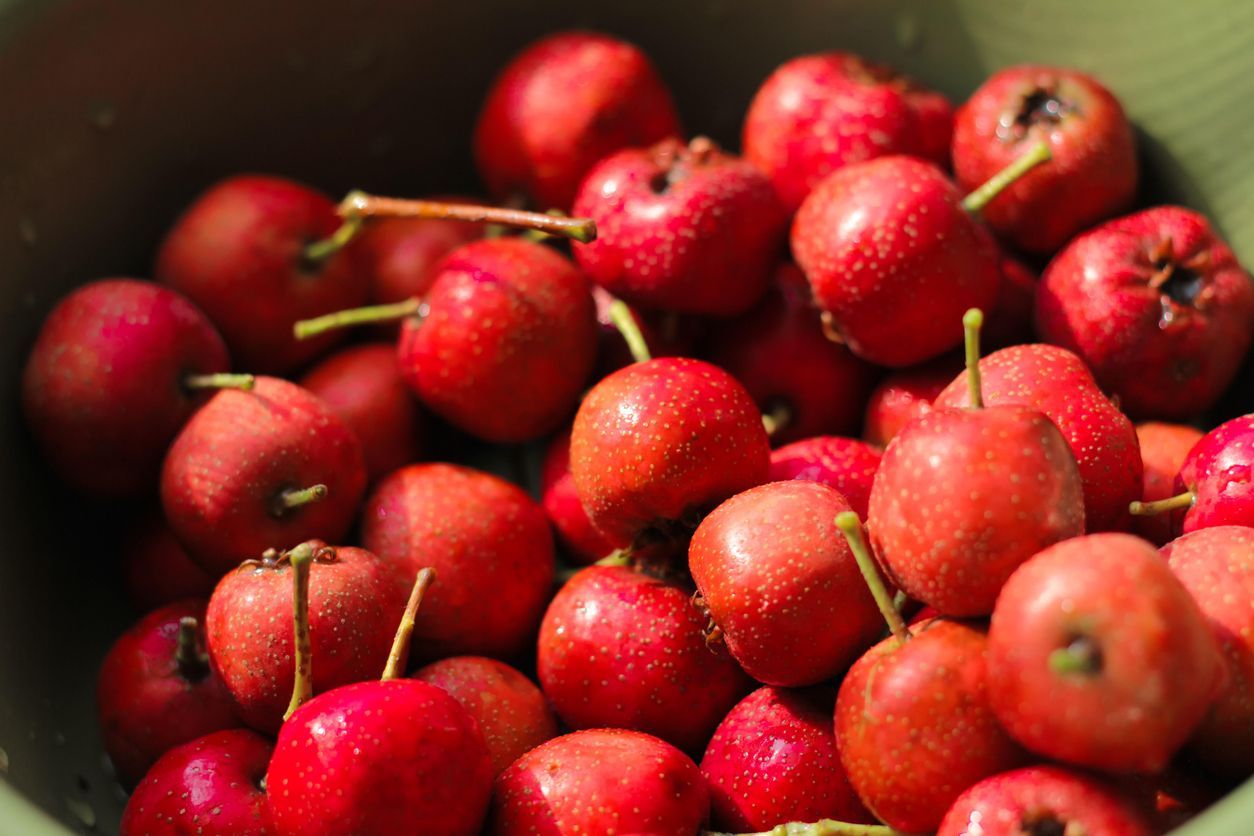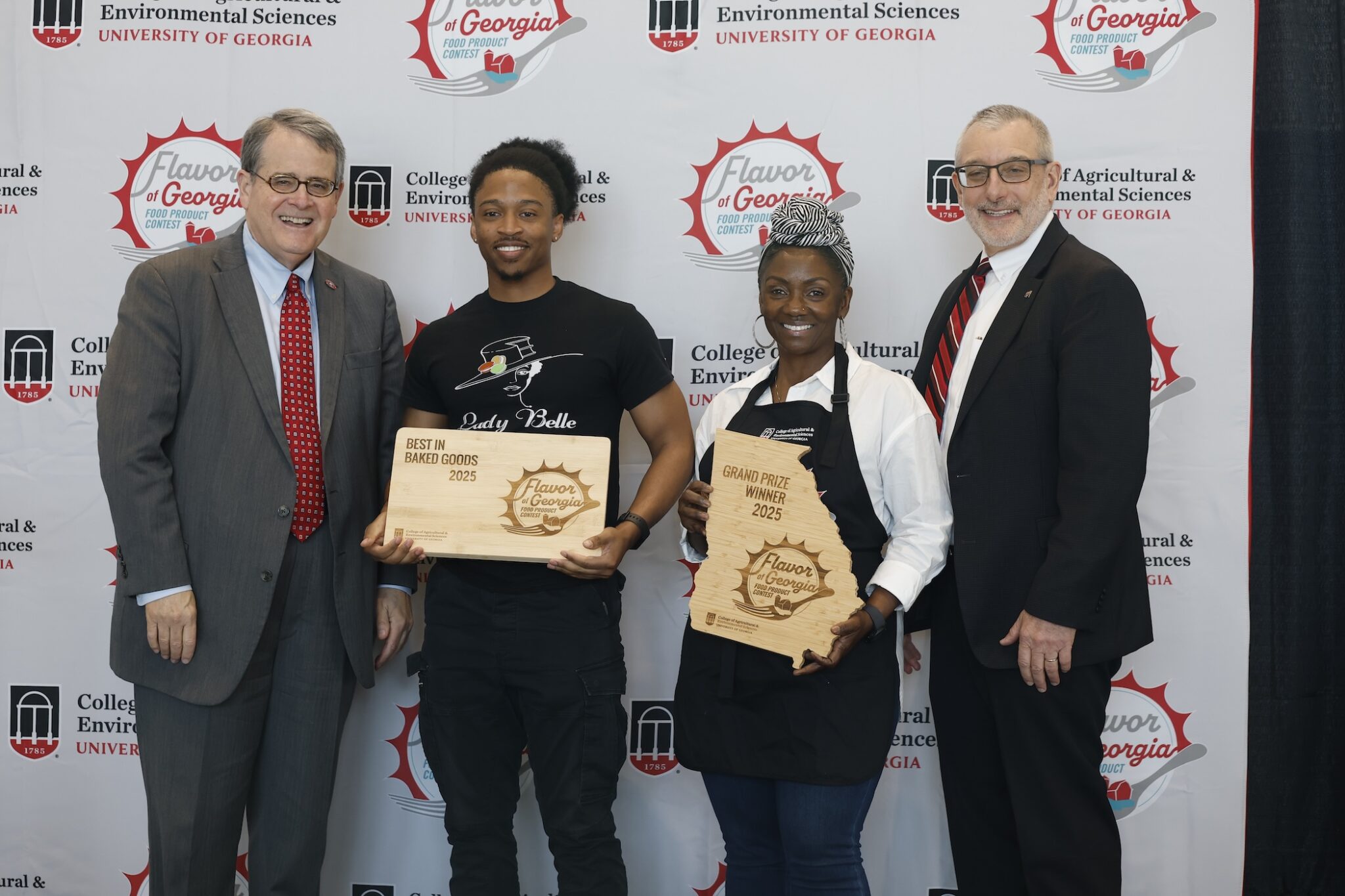The world has changed and the price U.S. farmers will get for
their cotton has drastically fallen, all in just two short
months.
At Christmas, a farmer could get about 66 cents for a pound of
cotton. Now, that farmer can get only about 59 cents. This isn't
good
news for farmers trying to decide how much land to plant in
cotton
in 2001.
For each 1-cent drop in the cotton price, Georgia farmers lose
about $9.6 million in income. For each 1-cent drop, Georgia's
economy loses about $28.8 million, says Don Shurley, an Extension
Service economist with the University of Georgia College of
Agricultural
and Environmental Sciences.
Shurley figures farmers need at least 65 cents per pound just
to break even.
It Looked Good for a
While
Historically, Shurley said, cotton prices tend to improve during
January and February. The fall in prices since December is
unusual.
When prices do fall, they tend to fall later in the growing
season,
closer to harvest. Cotton is harvested in autumn.
In the past two months, world and domestic cotton conditions have
taken a turn for the worse for U.S. growers.
Late last year, the U.S. Department of Agriculture estimated
world
production at 86.7 million bales. (A bale equals 480 pounds of
cotton lint).
Adding the leftover stocks, this would be the smallest supply
since 1996. Leading cotton- producing countries, such as India,
Pakistan and China, were expected to decrease production for the
2000 crop.
That was good news for growers. When the supply goes down, the
price goes up.
However, Shurley said, the latest estimates show world production
at 88.1 million bales. The expected drop in production did not
materialize. So supplies are higher than expected.
Things Don't Always Go as
Planned
Cotton farmers around the world plan to grow just as much or more
cotton in 2001. This includes U.S. cotton farmers.
Early conservative estimates say U.S. growers will plant about
15.9 million acres of cotton this year, about 400,000 more than
last year. The USDA will release final cotton estimates in
March.
World market conditions look gloomy. Domestically, things don't
look much better. The U.S. textile industry, which buys 60
percent
of the total U.S. cotton production, is hurting.
"We've lost about 1.5 million bales of our own textile
business
since 1997," Shurley said. That means 720 million pounds
of U.S. cotton in 2001 will have to find a buyer somewhere else
in the world.
Americans still like cotton. In fact, U.S. retail consumption
is growing strong, Shurley said. However, a higher percentage
of that consumption is coming from imports of fabric and finished
products, such as shirts and jeans. This makes U.S. growers
depend
more on exports and foreign textile mills.
If the U.S. textile industry continues to suffer losses, and if
world cotton production continues to increase, U.S. cotton
farmers
face tough decisions in the future.
Published on 02/21/01
Georgia Cotton Growers Face Tough Decisions
Brad Haire is the former news editor with the University of Georgia College of Agricultural and Environmental Sciences.
Experts/Sources:
 CAES News
CAES News
Three graduate researchers honored in 20th year of E. Broadus Browne Awards
05/01/25 Sean Montgomery
For the 20th consecutive year, the University of Georgia College of Agricultural and Environmental Sciences hosted the prestigious E. Broadus Browne Research Awards competition, resulting in three new graduate students being honored for their outstanding efforts in research and communication. In recognition of former Georgia Agricultural Experiment Station Director Edmund Broadus Browne, the annual competition highlights some of the best graduate research from departments within the college and challenges contestants with an oral presentation.
 CAES News
CAES News
UGArden celebrates 15 years of growing community, fighting hunger
04/30/25 Makenna Grace Reavis
The UGArden student farm will celebrate 15 years of service to the Athens community this spring with two major events: a Community Day on May 3 and an upscale Garden Gala on June 7. UGArden is a 10-acre student-run farm at the University of Georgia that produces organic produce through sustainable practices. The farm provides fresh food to Athens-area families, conducts research and offers hands-on education to students. It was founded by students in 2010 with support from the Department of Horticulture in the College of Agricultural and Environmental Sciences.
 CAES News
CAES News
Did you know you can grow: Mayhaw
04/29/25 Makenna Grace Reavis
cultivate.caes.uga.edu
Georgia, traditionally known as the Peach State, is famous for its peaches, pecans and peanuts. But thanks to its mild climate, the state also supports a variety of uncommon and exotic fruits. In a new series inspired by University of Georgia Cooperative Extension publication, “Minor Fruits and Nuts in Georgia,” we’ll highlight lesser-known fruits that thrive in Georgia and can be grown in home gardens. This month, we’re kicking things off with a tree that produces a fruit many may not know — the mayhaw.
 CAES News
CAES News
Investing in rural America through integrative precision agriculture
04/28/25
impact.uga.edu
Meet George Vellidis, director of the University of Georgia's Institute for Integrative Precision Agriculture. UGA launched the institute in 2022 to leverage interdisciplinary faculty expertise and industry ties to advance this field. “As researchers, it’s easy for us to work as individuals to solve a particular task,” said Vellidis. “But when we work together to look at problems from different perspectives, we come up with optimal solutions for even bigger challenges.”
 CAES News
CAES News
Lady Belle wins 2025 Flavor of Georgia food product contest
04/25/25 Jordan Powers
news.uga.edu
A baked good secured the top spot at the 2025 Flavor of Georgia food product competition, beating out a record 173 products submitted in 12 categories. Sunday Dinner Gritscuits, produced by Lady Belle, are French gougeres, or cheese puffs, stuffed with macaroni and cheese flavored grits with collard greens and smoked turkey. Lady Belle is a French-Southern fusion microbakery specializing in handcrafted Parisian style macarons, Belle (Signature) Macarons and savory Gritscuits.
 CAES News
CAES News
CAES to honor new graduates at convocation ceremony May 8
04/24/25 Makenna Grace Reavis
As the academic year winds down, the University of Georgia College of Agricultural and Environmental Sciences is preparing for its spring 2025 convocation, to be held at 6 p.m. Thursday, May 8, at the Classic Center in Athens. “Convocation presents a unique opportunity for students to reflect on all they have achieved during their college careers,” said CAES Dean and Director Nick Place.
